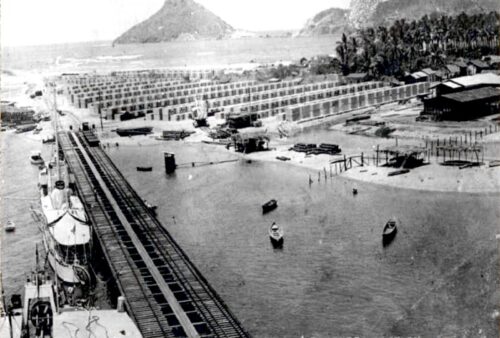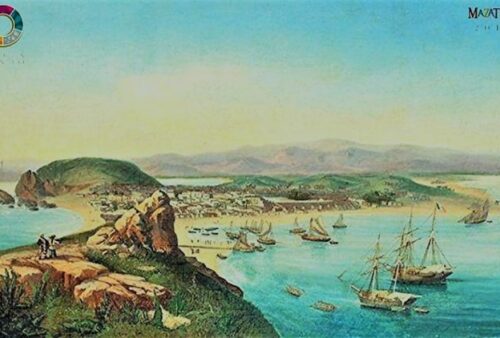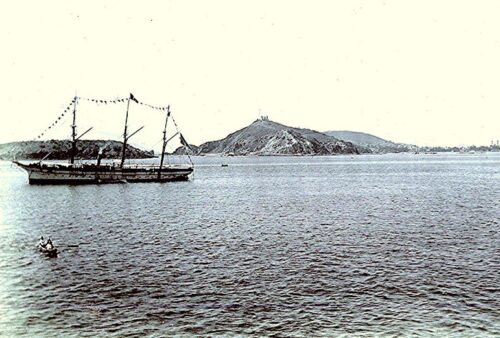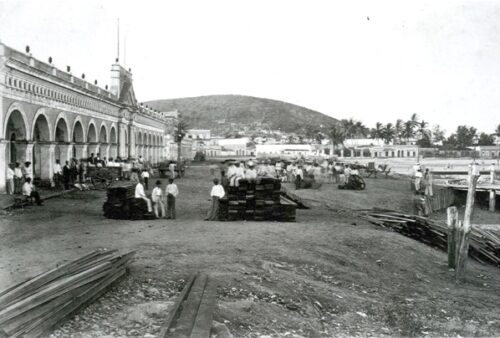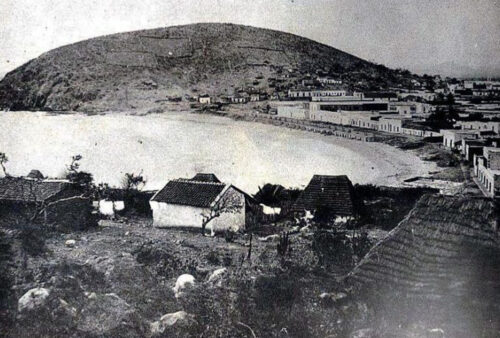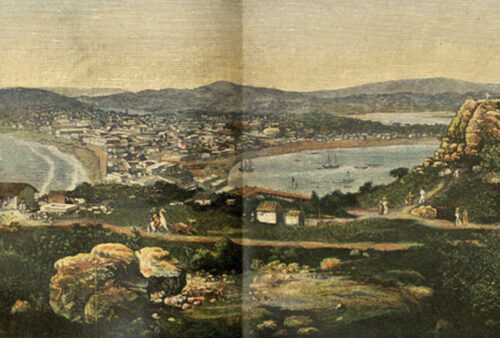History of the Trading Port
The name Mazatlán was initially applied to the Spanish presidio founded in the 16th century next to the river called Presidio. However, the Presidio de Mazatlán changed its name in 1828, as seen earlier, and became Villa Unión. In the location where the port is situated today, there was a surveillance post managed by the presidials to prevent pirate landings. The importance of the port increased as maritime communications grew in the 18th century.
In 1792, there was a settled area known as the port of San Juan Bautista de Mazatlán, which was elevated to the category of autonomous government in the following year, under the command of a captain independent of the subdelegate of Copala, in whose territory it was located.
At the beginning of the 19th century, it was known as Puerto Viejo de San Félix. In 1820, the Spanish courts opened the port to high-sea navigation, and that was when the anchorage was changed from San Félix to the southern cove and it was named Ortigosa, in honor of the merchant Vicente Ortigosa, who worked for the improvement of the port. In 1832, the Sinaloa Constituent Congress imposed the name Puerto de los Costilla on the population, after two Spanish merchants based in Concordia. However, the inhabitants did not accept these names, and tradition dictated that the traditional name of Puerto de Mazatlán be preserved.
Mazatlán grew at the pace of foreign trade; it quickly became populated, and by 1828, it had more than 5,000 inhabitants. After independence, some foreign merchants representing various commercial houses began to arrive, initially from the United States and England, but later also from Spain, France, and Germany. The federal government had established a customs office in El Rosario to control the increasing trade in the region, but in 1828, it was relocated to the port of Mazatlán, considering that it had the appropriate conditions for its operation. In 1838, Mazatlán had its own municipality.
To better understand the political life of Sinaloa during the period from 1831 to 1853, it is necessary to consider the presence of another power group, the federal army. Indeed, in Sinaloa, there was a permanent and numerous detachment of the federal army whose barracks were in Mazatlán. Its function was to guard the port and the customs' treasures. Its commanders were not subject to local authorities and frequently abandoned their responsibilities to intervene, without right, in the state's political affairs. It was precisely this military detachment that, bribed by the De la Vega, faced and defeated the state militiamen to overthrow the legitimate government of Manuel Mara Álvarez de la Bandera. Most of the time, federal soldiers acted as the armed arm of foreign merchants, who remunerated their services.
The political life of the state of Sinaloa revolved around these two power groups: Culiacán and Mazatlán. The former was formed by the notable De la Vega, their relatives, and their proteges, and the latter was composed of foreign merchants and their allies, municipal authorities, and soldiers of the federal army. Due to these circumstances, the political struggle appeared to be a deep rivalry between Culiacán and Mazatlán, but in fact, it was a struggle between the commercial interests of two irreconcilable groups.


